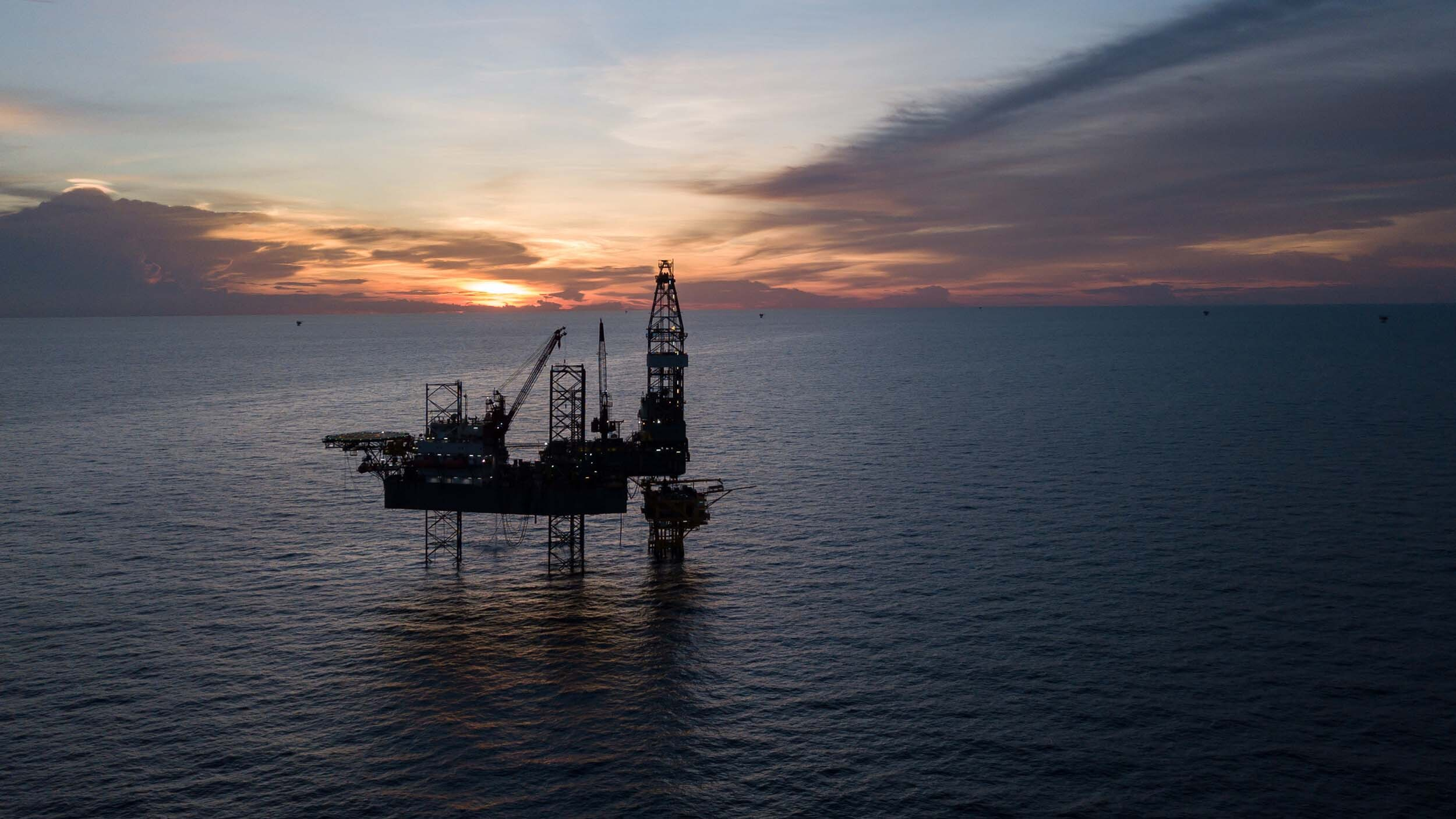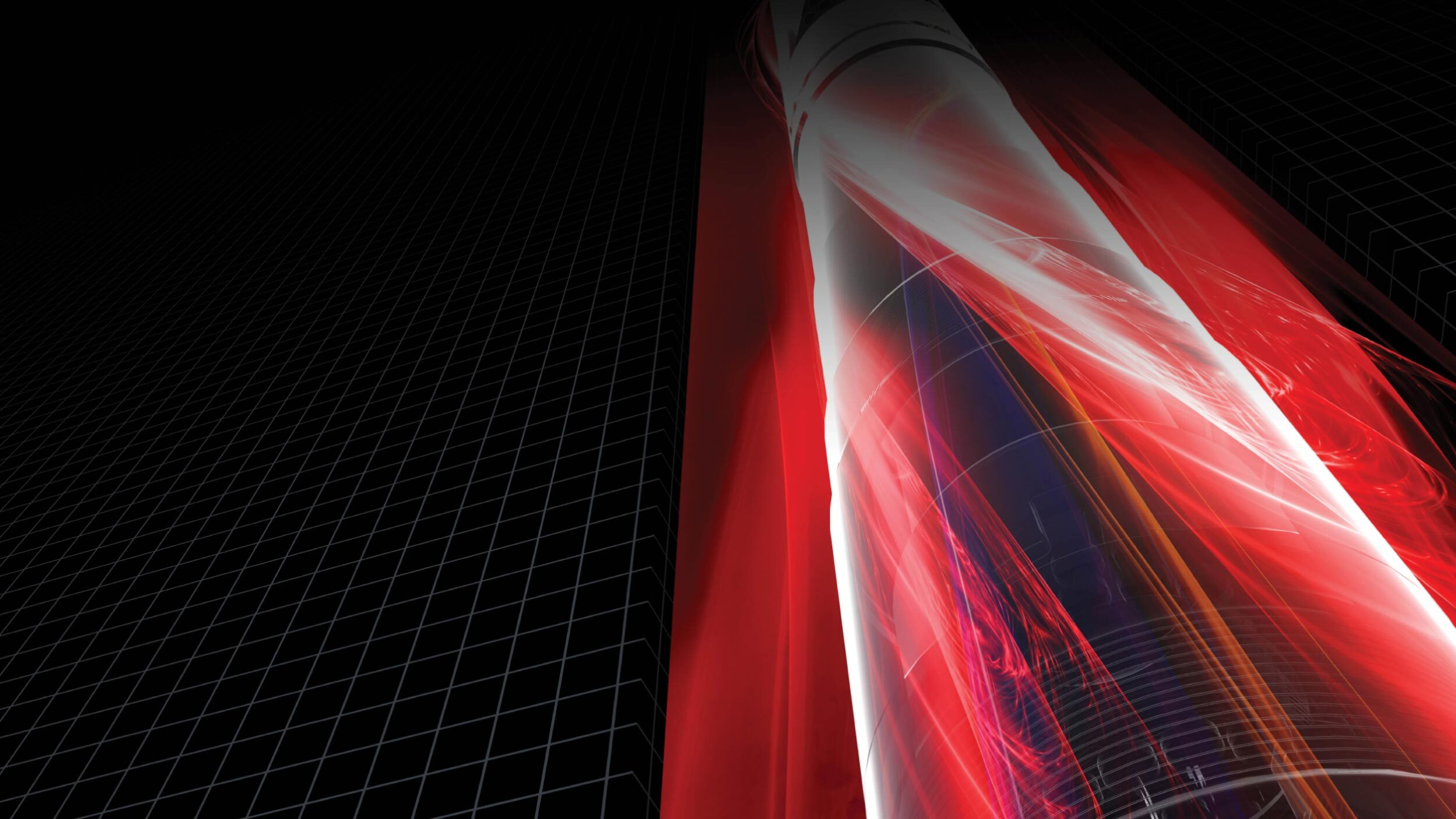 Search
Search
 Search
Search

N-SOLATE® LV packer fluid provides new lab-tested solution for high-temperature deepwater wells
Download PDFGulf of Mexico

High bottomhole temperatures and their effect on completion tubulars
Reservoir fluids flowing up the production tubing at high temperatures can heat the sealed annulus, resulting in thermal expansion of the annular fluids. This expansion causes stress on the well and can lead to tubing or well failures. An operator in the Gulf of Mexico tasked Halliburton Baroid with developing a heat transfer fluid to mitigate adverse effects on completion tubulars for their high-temperature, deepwater wells. Due to various completion types, in addition to reservoir fluids, the packer fluid needed to be compatible with both Calcium Chloride and Calcium Bromide brines and sustain its properties in environments with bottomhole temperatures in excess of 270°F.
In less than 10 months, by following Baroid’s Solution Creation processes in conjunction with support from both the regional and global labs, the N-SOLATE® LV packer fluid solution was developed to the customer’s well-specific criteria and deemed fit for purpose.
During the completion planning phase, high bottomhole temperatures and their effect on completion tubulars were identified as key risks to be mitigated to maximize the life of the well. Economic viability was based on continuing the desired productivity level for at least the next 20 years. With a static reservoir temperature of 245°F, thermal fluid flow modeling indicated that the produced hydrocarbons would remain above 270°F before reaching surface. An aqueous packer fluid that also acted as a heat-transfer fluid was required to address
this challenge. In addition, the formulated system had to protect the completion tubulars against corrosion and be fully compatible with the elastomers used as part of the completion equipment.
The Halliburton Baroid technical team recommended a heat-transfer fluid to solve the operator’s challenge—field-proven N-SOLATE® packer fluid technology, which is designed to insulate against undesired heat flow. In this scenario, however, a brand-new N-SOLATE LV packer fluid was engineered to facilitate, rather than prevent, heat transfer away from the tubing to the annulus.
An extensive laboratory testing program was conducted to validate the fluid’s performance in a variety of scenarios before being used downhole:
The customized N-SOLATE LV packer fluid, the newest addition to the N-SOLATE packer fluid family, was flawlessly spotted in the wellbore and kill line by Halliburton’s Cement Unit. Due to the ease of handling, there were no discrepancies with barrel-in/ barrel-out monitoring, pump speeds were able to be maintained, and pump pressures mirrored the modeled pressures.
After introducing N-SOLATE LV to this well, the operator was able to significantly reduce their costs and maximize asset value in the following ways:

Reduce or eliminate differential pressure across the packer with Baroid’s packer fluids, extending packer life and reliability.
